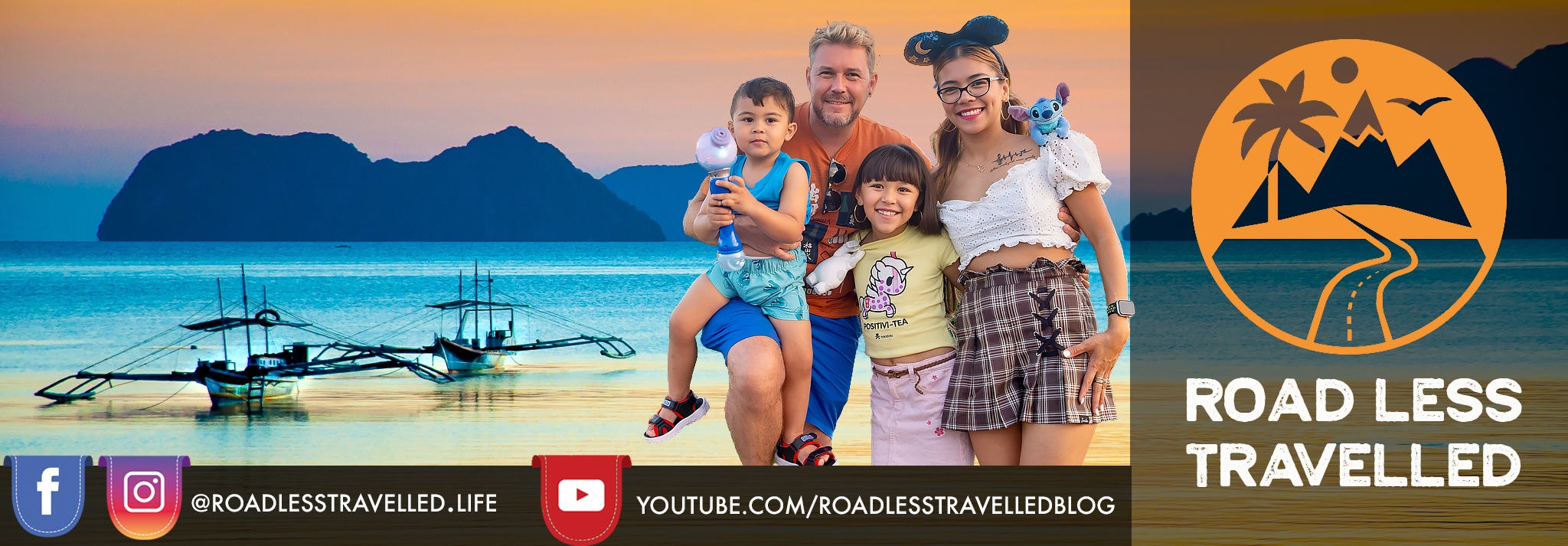Travel photography is one of the most enjoyable and effective ways to document your travel memories. However, not all travel photos have to be sunsets over white sand beaches with palm trees or famous landmarks.
You see, the beauty of travel is that it allows you to see the world objectively again. It declutters your biased internal lens and you begin to ‘see’ the world around you with vivid detail. Everything seems new, vibrant and fresh. Something that you may not have experienced since childhood.
As soon as we find ourselves in an unfamiliar environment, our senses go into high definition mode and, once again, we notice the beauty in the mundane. We notice the way patterns, light and colour interweave, and become fascinated in our new environment in the same way a child might stare at his own shadow.
This new-found objectivity is a great tool to use for urban travel photography… To see and photograph things that other’s, who are familiar with the landscape, may not ever notice.
So here are my 5 simple tips to take great urban images:
1. Details! Urban photography is all about the details, so focus on one small part of a larger scene, rather than trying to take in a whole city skyline. Look for interesting detail, e.g. the cable-work of a bridge, rather than shooting the whole span. Think small.

Resist the urge to always just focus on the whole scene. Try and find some interesting detail to focus on and capture a part of the scene to compliment your collection.
2. Contrast – Urban subjects look great in high contrast, so make sure the scene your shooting includes light and shadow. Use techniques such as silhouette by deliberately shooting into the sun as this will always provide you with deep black shadows and bright whites.

3. Black and white – You don’t have to turn your urban images into black and white, however, the genre does lend itself to monochrome. This is because often you want to draw the viewers attention to the contrast of light as well as patterns in the composition and monochrome images take away the distraction of colour. Remember, don’t shoot in B&W mode. Instead, shoot in raw or colour Jpeg and then adapt your photos to monochrome post shooting. This way you will always have a colour and black and white version. Finally, black and white isn’t just about dragging the ‘Saturation’ slider to zero. Experiment with leaving a bit of colour in the image or using a sepia tone.

4. Patterns – look for interesting patterns that converge on each other. The way a fence line cuts through a scene, or the intricate steelwork on the arch of a bridge. Focusing on patterns and detail give your images and abstract feel. You may want to consider a symmetrical pattern or deliberately capture an asymmetrical subject. It’s all about experimenting. The easiest way to capture patterns is to get up close or zoom right in to fill the frame.

There are always patterns to be found in cities everywhere
5. Thing gritty – Urban photography is a gritty, sometimes dirty genre. Unlike traditional landscape photography, you’re capturing man-made structures. Use subjects such as graffiti, the peeling paint of a building, or the asphalt texture of a road to give your images a gritty texture.

Urban photography has endless options and is such an enjoyable genre. Shooting urban images depends much less on the weather, location, and natural light. So, there’s no excuse to not grab your camera and start shooting! Below is a collection of urban images I’ve taken in cities around the world over the years. Whilst they are travel images, there’s no sunsets, no famous landmarks, and no palm trees.




























Thanks for your website, it is really great 🙂
I really love to travel too because it an amazing experience! I also did a website:
https://operalphotography.wordpress.com/
I love the shots you included in this! I also like the approach you have for composure. Cool stuff.
Reblogged this on DAIRY OF A BLACK WOMAN..